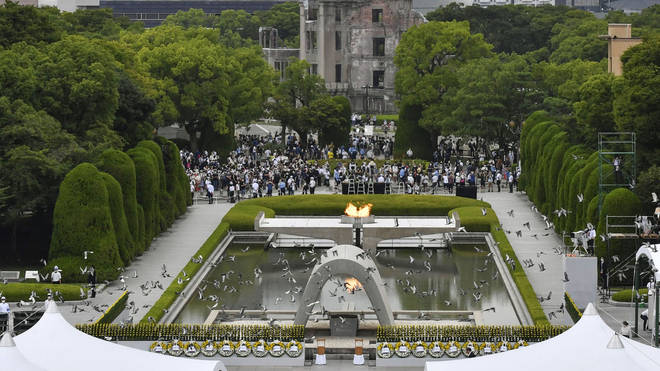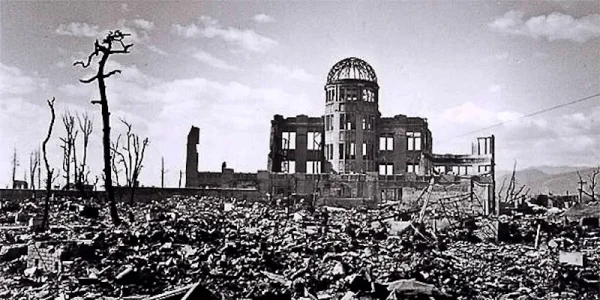Albo and Assange
by George Galloway / July 31st, 2022
The clock is ticking for the greatest Australian in history. If PM Albo doesn’t do something soon, Assange will be sent away never to be seen again. We can only hope the PM is working behind the scenes to do what he knows in his heart is right.
Penal Assassination: The Gradual Effort to Kill Assange
by Binoy Kampmark / July 30th, 2022
They really do want to kill him. Perhaps it is high time that his detractors and sceptics, proven wrong essentially from the outset, admit that the US imperium, along with its client states, is willing to see Julian Assange perish in prison. The locality and venue, for the purposes of this exercise, are not relevant. Like the Inquisition, the Catholic Church was never keen on soiling its hands, preferring the employ of non-church figures to torture their victims.
In the context of Assange, Britain has been a willing jailor from the start, guided by the good offices of Washington and none too keen in seeing this spiller of secrets released into the world. Bail has been repeatedly, and inexcusably, refused, despite the threats posed by COVID-19, the publisher’s own deteriorating health, and restrictions upon access, at regular intervals, to legal advice from his team. Just as some banks are deemed too large to fail, Assange is considered too large a target to escape. Let loose again, he might do what he does best: reveal government venalities in war and peace and prove the social contract a gross deception and mockery of our sensibilities.
The UK legal system has been the ideal forum to execute the wishes of Washington. Each legal branch that has examined the extradition case has assiduously avoided the bigger picture: the attack on press freedom, exposing war crimes, illegal surveillance of a political asylee in an embassy compound, the breaches of privacy and legal confidentiality, the encroachments upon family life, the evidence on proposed abduction and assassination, the questionable conflicts of interest by some judicial members, the collusion of State authorities.
Instead, the courts, from the outside, have taken a blade to cut away the meatiest, most solid of arguments, focusing on a sliver that would be, in due course, defeated. The sole decision that favoured Assange only did so by essentially regarding him as an individual whose mental fragility would compromise him in a US prison facility. In such a case, suicide would be virtually impossible to prevent. District Judge Vanessa Baraitser, who made the ruling, thought little of the publisher’s credentials, heartily agreeing with the prosecution that no journalist would have ever exposed the names of informants. (This farcical interpretation was rebutted convincingly in the Old Bailey trial proceedings.)
The rest has been a grotesque show of gargantuan proportions, with the High Court and the Supreme Court showing themselves to be political dunces or, which is not much better, dupes. Believing a number of diplomatic assurances by US prosecutors on Assange’s post-extradition fate, made after the original trial, seemed awfully close to a form of legal match-fixing. We all know that court cases and the law can be analogised as betting and having a punt, the outcome never clear till it arrives, but this was positively ludicrous.
To anyone following the trial and knowing the feeble nature of reassurances made by a State power, especially one with the heft of the United States, promises about more commodious accommodation, not being subject to brutal special administrative measures, and also being allowed to apply for a return to Australia to serve the balance of the term, was pure, stenchy balderdash.
Amnesty International is unequivocal on this point: diplomatic assurances are used by governments to “circumvent” various human rights conventions, and the very fact that they are sought to begin with creates its own dangers. “The mere fact that States need to seek diplomatic assurances against torture and other cruel, inhuman or degrading treatment or punishment (other ill-treatment) is indicative of a risk of torture.”
The US prosecuting authorities have even gone so far as to weaken their own position, making their undertakings conditional. Typically, they shift the focus back on Assange, suggesting that he might influence matters by his own mischievous conduct. All in all, nothing said was binding, and the glue holding the promises together might, at any given moment, dissolve.
Admirably, Assange continues to have some fiercely dedicated followers who wish him well and wish him out. Independent Australian MP Andrew Wilkie has the sort of certitude that can pulverise the attitudes of bleak sceptics, though even he must nurse a few doubts. In his address to supporters of Assange in Canberra, delivered on the lawns of the Australian Parliament, he was confident that keeping “the pressure up” would eventually lead to justice for the publisher.
In a crisp summation, Wilkie distilled the case. “The US wants to get even and for so long the UK and Australia have been happy to go along for the ride because they’ve put bilateral relationships with Washington ahead of the rights of a decent man.” Keep maintaining the rage, he urged his audience.
The matter is considered so urgent that Australian Doctors For Assange have warned that death may be peeking around the corner. “Medical examinations of Julian Assange in Belmarsh prison in the UK,” stated spokesman Robert Marr, “have revealed that he is suffering from severe life-threatening cardiovascular and stress-related medical conditions, including having a mini-stroke as a result of his imprisonment and psychological torture.”
The organisation has written to US Ambassador Carolyn Kenney “requesting she urgently ask President Biden to stop the US persecution of Australian citizen Julian Assange for merely publishing information provided to him and stop the US attempt to extradite him from the UK.”
From the Australian perspective, we can already see that there is a go-slow, cautious approach to Assange’s fate, which also serves the lethal agenda being pursued by the US prosecutors. Despite a change of the guard in Canberra, the status quo on power relations between the two countries remains unaltered. Everyone, bar Assange, seems to have time to wait. But in terms of life and health, the time in question is almost done.























